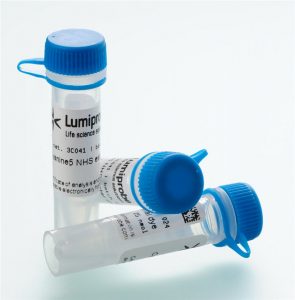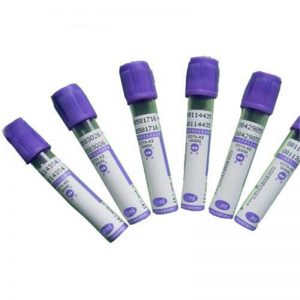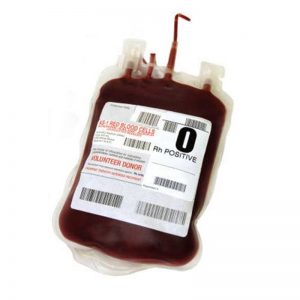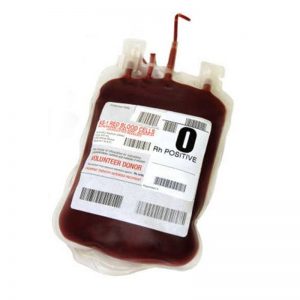Test tube and blood bags labels
As their name suggests, blood bag labels are applied to bags that contain blood specimens. Consequently, it is exceptionally important for the labels to identify every conceivable form of data that could impact the integrity of the blood found in the bag, including: blood type, the date on which the blood was collected, from whom it was collected, and the expiration date. Therefore, blood banks, hospitals and other medical care facilities, need blood bag labels that feature these critical forms of information.
At RYLabels, we have over ten years of experience in developing blood bag labels and other critical labeling resources that help hospitals, blood banks, physicians, and pharmacies make fewer errors. Therefore, our products support positive health outcomes for patients and, in turn, help to reduce unnecessary medical costs that can drive up insurance premiums, and lead to longer waiting periods to see physicians and receive treatment.
Blood Bag Labels – Delivering the Right Blood in the Field
Hospitals have had blood warmers for decades, but most of the blood warmers found in healthcare facilities are stationary equipment that is used in the hospital setting. So, what can be done about patients who need blood transfusions in the field, such as after they are injured in battle or experienced a bad car accident that traps them in the vehicle, even as they continue to experience blood loss? In these situations, deploying portable blood warmers is the answer.
Portable blood warmers heat blood to the body’s natural temperature (roughly 98 degrees) before dispensing a blood transfusion. Warming blood before it is infused helps prevent blood infusion induced hypothermia — a condition that complicates the treatment of injury patients when they arrive in hospital — and helps to prevent post-surgery related infections by ensuring that the body’s natural defense system is not compromised due to low body temperature.
Well-designed blood warmers, many of which are manufactured to be disposable after a single use, supply healthcare providers with essential information for treating patients, such as the temperature of the blood, the rate at which the blood is dispensed, and how much blood is dispensed. However, the blood warming unit and the container of blood to which it connects are two different components. This is why it is important to thoroughly label blood bags before use.
Stok label kriogenik kami Label Suhu Rendah memungkinkan identifikasi yang andal dari wadah plastik dan kaca yang mengalami penyimpanan jangka panjang dalam nitrogen cair atau pembekuan dalam. Laser desktop, tinta konvensional, dan film yang dapat dicetak dengan transfer termal, ideal untuk digunakan di laboratorium klinis, penelitian biomedis, dan lingkungan ilmiah lainnya.
Dengan ikatan kohesif yang cukup tinggi untuk menahan goncangan termal, stok label dapat langsung direndam dalam nitrogen cair pada -196°C tanpa risiko delaminasi. Label Suhu Rendah dapat dicetak secara bervariasi melalui transfer termal atau laser, menghilangkan penggunaan spidol untuk identifikasi dan sangat mengurangi risiko kesalahan manusia yang menyebabkan penandaan yang tidak terbaca atau kesalahan pelabelan. Pengguna juga dapat mencetak batch detail halus dan barcode yang diperlukan untuk botol kecil dan tabung reaksi, memastikan semua informasi disimpan.
For tracking and labeling blood bags, RYLabels recommends a durable polypropylene labeling material resistant to moisture. These features are ideal for blood bag labels. You’ll also want to use a thermal transfer label to ensure high quality and durability – This way you can be sure to produce a sharp, smear proof and long lasting barcoded label that can withstand storage in a refrigerator or freezer unit.
RYLabels offers vial and test tube label options, ranging from high quality paper to synthetics and durable polyesters. Our labels track samples in the areas of chemistry, hematology, virology, genetics, DNA sequencing, forensics and drug discovery, for purposes ranging from diagnostic testing to disease prevention testing, and more




